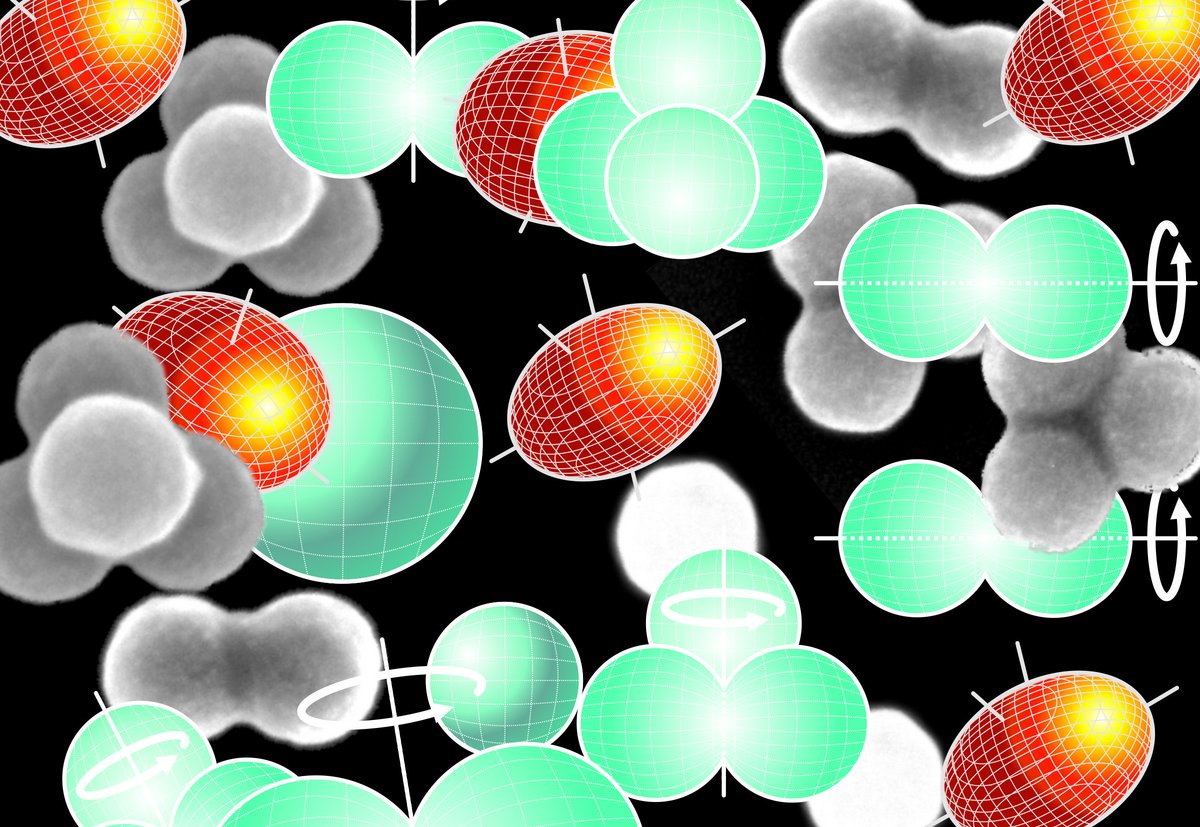
Tailored Colloids as Model Systems
The motion of colloids with complex shapes is key to a comprehensive understanding of practical phenomena such as biodistribution, sedimentation, coagulation, floatation, and rheology. While particles with simple shapes such as spheres, ellipsoids, rods, and platelets were extensively studied by experiment, simulation and theory, studies on particles with shapes that are more complex are still quite scarce. In this context, their defined geometries make “colloidal molecules” ideal model systems to explore properties of colloidal particles with arbitrary shapes. Understanding their properties can contribute to get deeper insights into the formation of matter because particle clusters are intermediates during the assembly of individual particles into macroscale structures.
Methods
- Preparation of model colloids: nanoparticle assembly
- Morphological studies: electron microscopy
- Translational and rotational diffusion: polarized and depolarized dynamic light scattering
- Sedimentation: differential centrifugal sedimentation (DCS)
Publications
"Direct measurement of sedimentation coefficient distributions in multimodal nanoparticle mixtures"
Plüisch, C.S.; Stuckert, R.; Wittemann, A. Nanomaterials 2021, 11, 1027.
Publisher PDF
"Experimental assessment and model validation on how shape determines sedimentation and diffusion of colloidal particles.”
Stuckert, R.; Plüisch, C.S.; Wittemann, A. Langmuir 2018, 34, 13339.
Publisher
"3D Brownian Diffusion of Submicron-Sized Particle Clusters.”
Hoffmann, M.; Wagner, C.S., Harnau, L.; Wittemann, A. ACS Nano 2009, 3, 3326.
Publisher
Project Funding
We gratefully acknowledge financial support from the Deutsche Forschungsgemeinschaft (DFG) within SFB 1214/A10.
